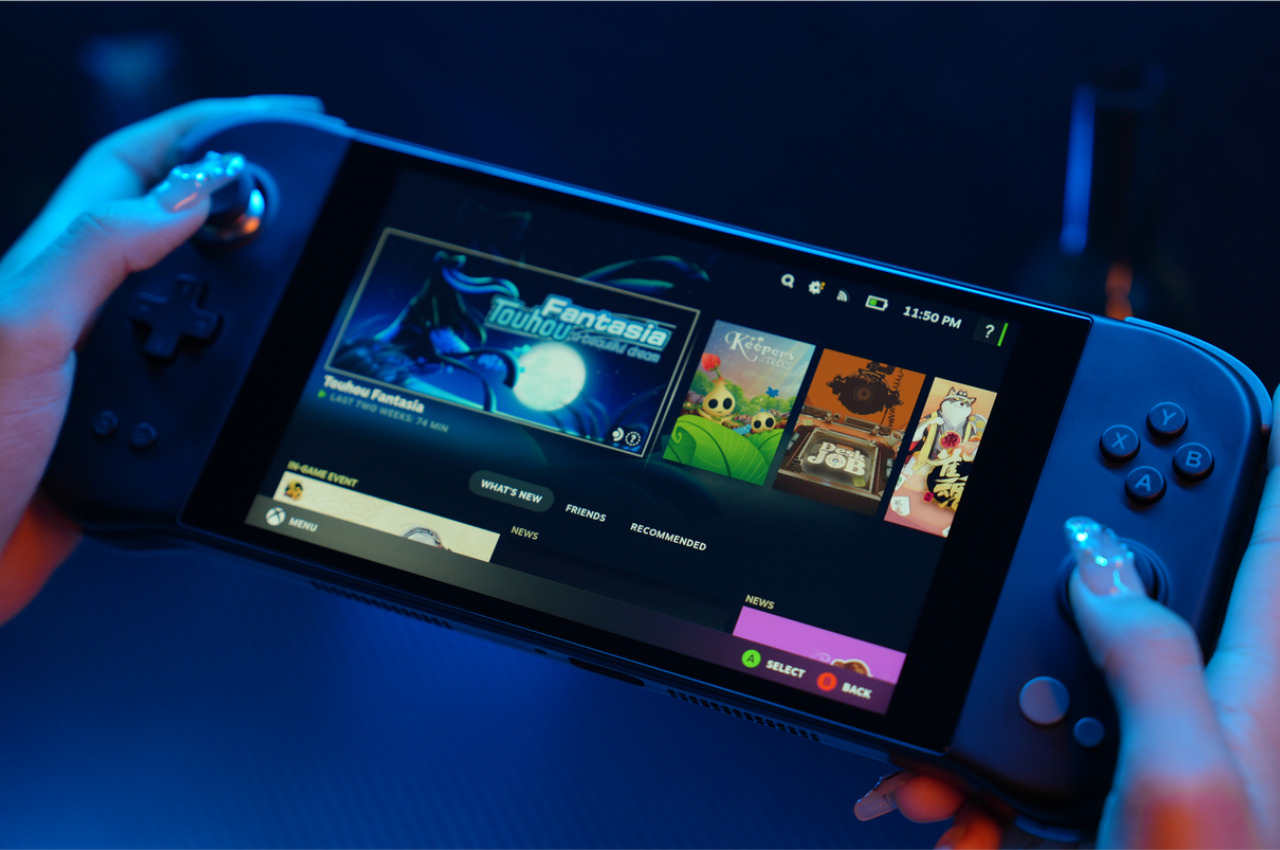
The Nintendo Switch may have rebooted the whole handheld gaming craze, but it was the Steam Deck that brought that fever to PCs. It was a strange device from a company famed for its game distribution platform but notorious for its spectacular Steam Machine failure. The doubt was further increased by Valve’s decision to install its own Linux-based Steam OS on the handheld PC instead of a more gaming-ready Windows. That’s why it came as a bit of a surprise that the Steam Deck was a resounding success, enough for major manufacturers like Acer, Lenovo, and now MSI to follow suit. Although not a giant, AYANEO has been churning out handheld gaming PCs for quite a while now, and it now has its sights on challenging the one that started it all with what is the world’s second-ever Steam OS handheld gaming PC.
Designer: AYANEO
The Steam Deck was a rather odd and ambitious product. It was huge, especially compared to the lightweight and slim Nintendo Switch. It ran the Linux operating system, which meant some games from Steam’s own library might not even run on it. It partnered with AMD for a custom mobile chip that no one has heard of, let alone tested for gaming. And it launched with a $349 price tag, at least for the eMMC storage model, which sounded too good to be true. By all accounts, it would have been yet another failure like the Steam OS consoles Valve tried to turn into a business, and yet the Steam Deck will now forever be remembered as the one that started it all.
Although major PC makers like Acer and Lenovo weren’t quick to jump on the trend, other brands were already launching similar devices every year, sometimes even more than once a year. GPD, which started out with Android gaming handhelds, breached that market even before the Steam Deck came to be. AYANEO followed not long after and now has half a dozen models under its name with different designs and approaches to gaming. Of these, the AYANEO NEXT from 2022 was its flagship product, and it’s now following it up with a “Lite” version that is trying to beat Steam at its own game.
The company is playing coy with many of the device’s specs, revealing only its 7-inch 800p display and 47Wh battery which are exactly the same as the existing AYANEO NEXT. The design looks exactly similar as well, down to the color options. The only real difference is that it would be running that Linux-based Steam OS, which is actually quite a critical change. That means that software features will be worlds apart once you step outside the Steam interface for anything other than gaming. Given the popularity of the Steam Deck, you can at least be sure you’ll find solutions for most of the tasks and problems you might encounter, at least when it comes to software compatibility.
The AYANEO NEXT Lite and the Steam Deck, however, are also worlds apart because of the hardware. Valve has opted to keep its handheld PC quite modest and has yet to even talk about a Steam Deck 2. If its older Windows-toting sibling is to be considered, then the AYANEO NEXT Lite will house more recent, more powerful, more battery-hungry, and more expensive specs. That doesn’t bode well for the price, though AYANEO assures that it will be cost-effective, but that could still mean hundreds of dollars more than what the Steam Desk asks for.